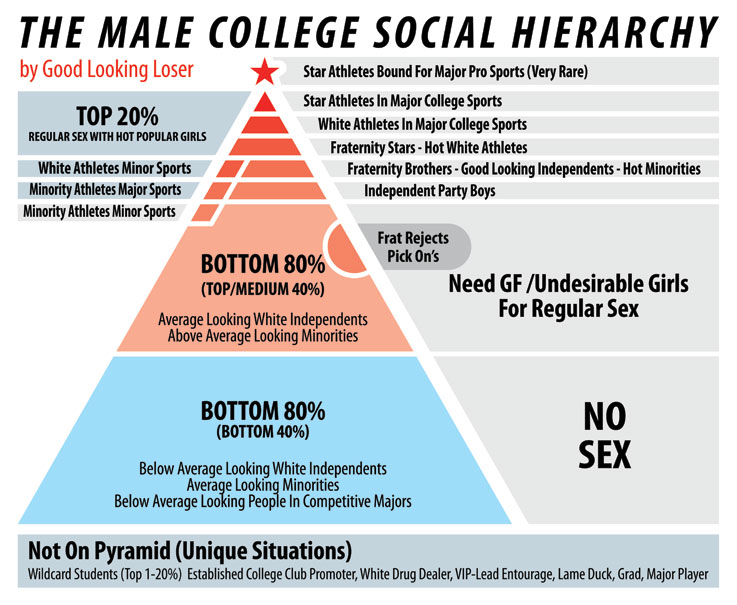How Does Architecture Reflect Social Hierarchies?

Have you ever considered how architecture affects society? Many people believe that buildings and structures are simply functional spaces, intended to serve a particular purpose, but there is so much more to it than that. The way in which we design and build our homes, offices, and public spaces can have a significant impact on our lives in countless ways.
In this post, we'll explore the ways that architecture can affect society in more detail. From how it influences our emotions and behaviours, to its impact on the environment and economy, there's plenty to consider.
The Emotional Impact of Architecture
It's easy to overlook the emotional impact of the spaces we inhabit, but the way in which we design and build them can have a significant effect on our moods and feelings. Here are just a few examples:
- Colour: The colours we use in our buildings can have a major impact on our emotions. Bright, bold colours can be energizing, while pastel shades are more calming and relaxing.
- Light: The amount and quality of natural light that enters a space can also affect our moods. Studies have shown that exposure to natural light can increase productivity, reduce stress, and improve overall mood.
- Materials: The materials we use to construct buildings can also have an emotional impact. For example, wood is often associated with warmth and comfort, while metal and concrete can feel cold and unwelcoming.
The Behavioural Impact of Architecture
Architecture can also affect our behaviours in a number of ways. Here are a few examples:
- Crowding: The way we design public spaces can impact how people behave in those spaces. If an area is too crowded, for example, people may feel uncomfortable and be less likely to linger there. Conversely, spacious areas can encourage people to relax and spend more time there.
- Zoning: The way buildings are zoned can also have an impact on how people behave. For example, if commercial areas are located close to residential areas, people may be more likely to walk or bike to work, reducing traffic congestion and improving overall health.
- Accessibility: Buildings that are designed with accessibility in mind can encourage more people to use them, regardless of ability. This creates more inclusive communities and can improve overall quality of life for everyone.
The Environmental Impact of Architecture
The way we design and build our homes, offices, and public spaces can also have a significant impact on the environment. Here are a few examples:
- Energy use: Buildings are responsible for a significant portion of energy use and greenhouse gas emissions. Designing buildings with energy efficiency in mind can reduce energy use and lower emissions.
- Waste: Construction and demolition waste is a major source of landfill waste. Using sustainable construction practices, such as repurposing materials and using renewable energy sources, can reduce waste and lower the environmental impact of buildings.
- Green space: Buildings can also impact the amount of green space available in urban areas. Designing buildings with rooftop gardens and other green features can increase the amount of green space available, improving air quality and reducing the urban heat island effect.
The Economic Impact of Architecture
Finally, architecture can also have a significant impact on the economy. Here are a few examples:
- Property values: Well-designed buildings can increase surrounding property values, leading to economic benefits for the community.
- Tourism: Unique and interesting buildings can become tourist attractions, bringing in revenue for the surrounding businesses and community.
- Job creation: The architecture industry is a major employer, providing jobs for architects, designers, builders, and related trades.
FAQ
Does architecture only affect society in urban areas?
No, architecture can affect society in rural areas as well. Buildings and public spaces in rural areas can impact the quality of life and economic opportunities available to residents.
How can we design buildings that are more sustainable?
There are a number of ways to design buildings that are more sustainable, such as using renewable energy sources, reducing waste, and designing for energy efficiency. Architects and builders can also use sustainable materials and construction techniques.
Can architecture be used to address social issues?
Yes, architecture can be used to address a range of social issues, such as affordable housing, accessibility, and community development. Architects and designers can work with communities to design spaces that meet their specific needs and improve quality of life.
How can we encourage the use of green space in urban areas?
Designing buildings with rooftop gardens and other green features can increase the amount of green space available. Public spaces such as parks and community gardens can also encourage the use of green space in urban areas.
What is the role of architecture in economic growth?
Architecture can play a significant role in economic growth by creating attractive and functional buildings that attract businesses and tourism. Additionally, the architecture industry is a major employer, providing jobs and economic opportunities.
In conclusion, architecture has a significant impact on society in a number of ways. It can affect our emotions and behaviours, impact the environment and economy, and can even be used to address social issues. As we continue to design and build our homes, offices, and public spaces, it's important to consider the ways in which architecture can shape our lives and communities.




Post a Comment for "How Does Architecture Reflect Social Hierarchies?"